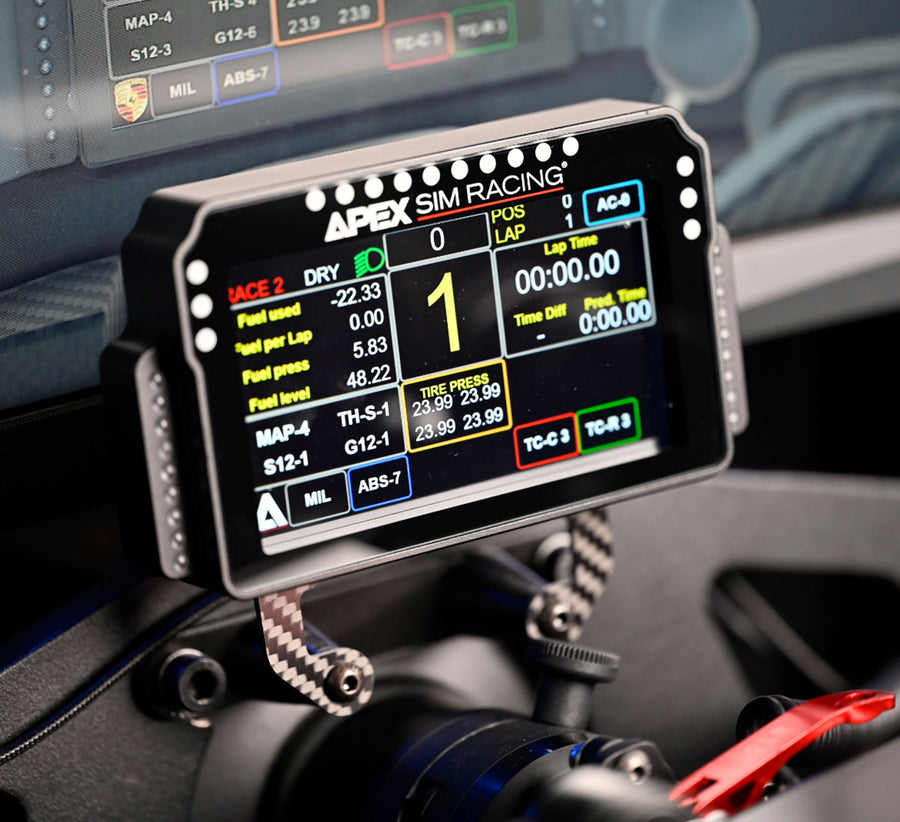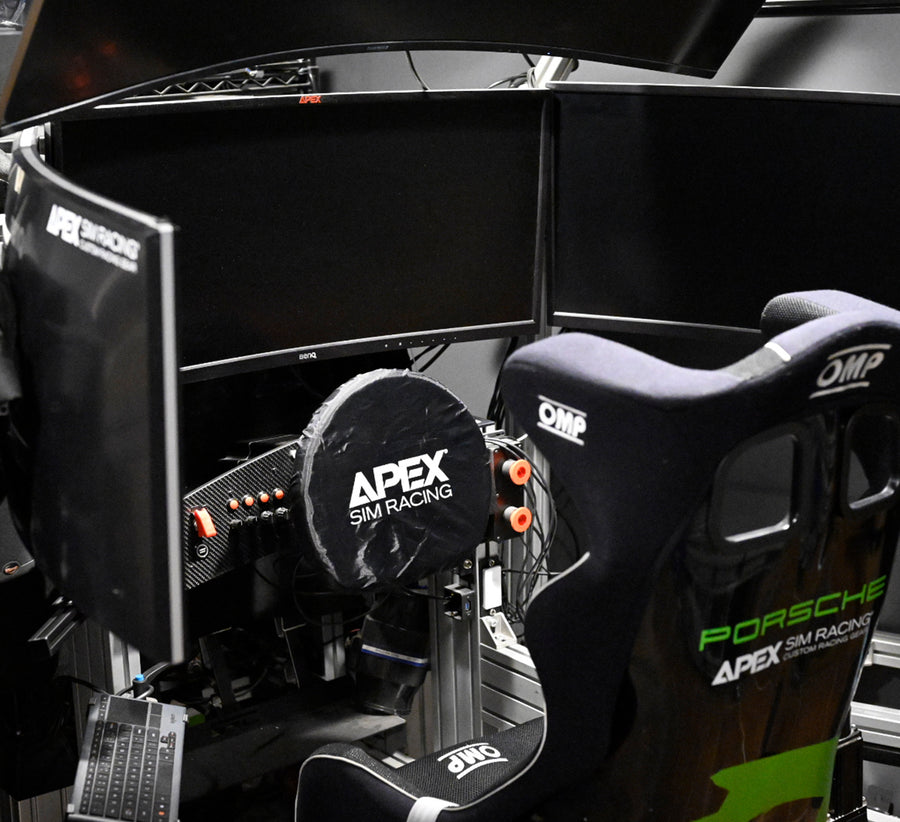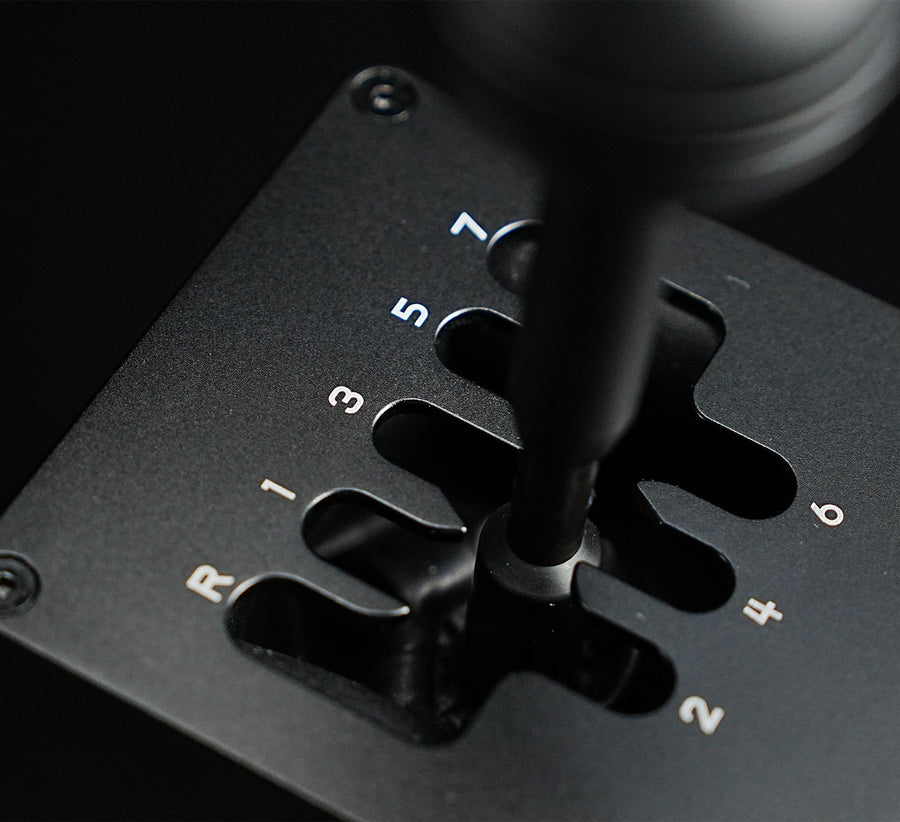Breaking Down the iRacing Sporting Code: Key Rules & Insights

Table of Contents
Understanding the iRacing Sporting Code
Like any competitive sport, sim racing calls for the same rules you would apply to racing on a real track. The only difference is that sim racing is a much safer alternative to, say, go-karting or rally racing.
As a fellow sim racer, I'm sure you're already familiar with iRacing - that special game we all pay a monthly subscription to race our friends. But for those looking to kickstart their sim racing career, it's essential for everyone to adhere to the iRacing Official Sporting Code.
The original purpose of this article was to help new racers navigate their sim racing journeys. But I believe the most experienced drivers could also benefit from a refresher! Let’s take a closer look at iRacing's Official Sporting Code.
I. Conduct
I think it's crucial to be respectful and fair on the track at all times. According to Section 2.1 of the handbook, each driver is expected to adhere to basic standards of consideration for one another (iRacing Official Sporting Code, page 4, 2024). The game's zero-tolerance policy enforces penalization towards drivers who partake in abuse or harassment and will resort in a suspension. Additionally, drivers who intentionally ruin races might also receive a temporary ban depending on a case-by-case basis.

Photo by Richard Lavigne via Trading Paints
II. License Class
Next, let's talk about License Class. This system is composed of six different rankings including Rookie, Class D, Class C, Class B, Class A, and Pro Level. The idea of maintaining this ranking system is to ensure competition being based on skill and experience. While every driver starts out as a rookie, they have the opportunity to rank up by participating in at least four Ranked Time Trial Sessions or two Ranked Official Race Sessions (page 6, 2024).

Image courtesy of iracing.com
Contrary to what I mentioned in the previous paragraph, users who hold licenses above Rookie Class need to participate in four Ranked Time Trial Sessions or four Ranked Official Race Sessions to obtain higher licenses. These sessions also need to coordinate with the user's current status and cannot have minimum requirements lower than the driver's current class (page 6, 2024).
Additionally, iRacing users need to actively compete in events and showcase enthusiasm as participation is treated as a significant factor in License Class determination. This all wraps into iRating, which is a number that reflects a driver’s skill level. It also helps match users with competitors of similar abilities (page 6, 2024).
iRating is based on race performance, with the rating going up or down depending on results, the skill of other drivers, and race outcomes. The goal is to ensure fairer, more competitive races by pairing drivers with similar iRatings.
III. Qualifying and Competition
Now, let's discuss the most important aspect of iRacing- competition! This is quite a long section in the iRacing Official Sporting Code. Most of my readers are likely very familiar with qualifying sessions, but if you aren't, I'll try my best to summarize.
Qualifying sessions determine the starting grid for the race that follows. Lap time from qualifying sessions place drivers in their respective positions. Therefore, the slowest lap would put a driver in last place. Additionally, the Qualifying Conduct Scrutiny system monitors driver behavior to prevent exploits, and incidents impact a driver’s Safety Rating (page 17, 2024). And drivers who don’t post a qualifying time are gridded based on their iRating, from highest to lowest.

Photo by Richard Lavigne via Trading Paints
The actual racing sessions follow these qualifying rounds. They are real-time competitions with multiple drivers on the track, where lap times and incidents impact a driver's Safety and iRating (page 17, 2024). A race is official and contributes to a user's license status if it meets the minimum driver count defined by the session rules.
IV. General Race Procedures Summary
The iRacing Official Sporting Code sets out rules to ensure fair and competitive racing. Drivers must register at least thirty minutes before a race and avoid withdrawing at the last moment to prevent penalties (page 17, 2024). A warm-up session is also available before races to help drivers prepare.
Racing procedures are designed for smooth and safe competition. Starts can be either standing or rolling, and caution periods are managed by a pace car. Pit stops are also essential, with drivers required to follow speed limits and obey proper entry and exit procedures. Failure to comply with these rules can result in penalties or even race disqualification. By adhering to these guidelines, participants contribute to a fair and enjoyable racing experience.

Image courtesy of iracing.com
As I will mention later, iRacing works to prohibit reckless driving. After a race, drivers must return to pit lane safely or stop off the racing surface to avoid hazards. Deliberate wrecking, for any reason, is banned, and drivers who experience or witness such actions can file a protest through the proper channels.
V. Flag Signals
Similar to Formula One or NASCAR, several different flags are used to communicate important race conditions for drivers. iRacing includes:
- green flags
- yellow flags
- red flags
- black flags
- white flags
- blue flags
- and of course, checkered flags.
The green flag signals the start or restart of the race, while the yellow flag warns of caution ahead. A red flag halts the race, and the black flag indicates disqualification or a pit requirement. The blue flag instructs slower cars to yield to faster ones, the white flag signifies one more lap remaining, and, of course, the checkered flag marks the race's conclusion (page 27, 2024). Overall, the flags serve to ensure safety and fair play at all times.

Photo from Barney the Flag Man via x.com
VI. Penalties
In iRacing, penalties are given for actions that violate racing rules or disrupt the fair competition. These can range from minor infractions, like exceeding track limits or blocking other drivers, to more severe actions such as intentional wrecking or causing avoidable collisions (page 30, 2024). These typically result in time penalties, loss of position, or disqualification from the race.
The most common penalties include drive-through penalties stop-and-go penalties, and grid penalties, which all serve to correct the behavior of drivers. Race officials may issue penalties based on incidents reported by other drivers, race stewards, or automated systems. Additionally, repeated violations can lead to more serious consequences and even account suspension.

Photo by Richard Lavigne via Trading Paints
VII. Key Takeaways and Final Thoughts
iRacing's Official Sporting Code isn’t just a set of rules, but a guide to ensure a competitive, respectful, and enjoyable racing environment for everyone. Whether you're just starting or you're a veteran driver, keeping these rules in mind will enhance your sim racing experience and maintain the integrity of the sport.
By following proper race etiquette, understanding flag signals, maintaining proper equipment, and respecting the penalties, you’re not just improving your own skills- you’re also contributing to a better community for all players!











 https://www.apexsimracing.com
https://www.apexsimracing.com



Leave a comment